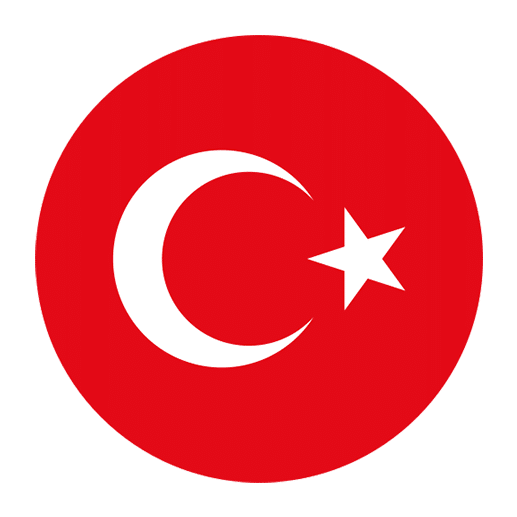Understanding adjectives in Turkish can greatly enhance your ability to describe people, making your conversations richer and more nuanced. Adjectives are words that describe or modify nouns, and in Turkish, they function similarly to their English counterparts, though there are some important differences to be aware of. This article will take you through the essentials of Turkish adjectives, particularly those used to describe people, so you can add more color and precision to your Turkish conversations.
Basic Structure of Turkish Adjectives
In Turkish, adjectives are placed before the noun they describe, just like in English. For example, “beautiful girl” translates to “güzel kız.” Here, “güzel” (beautiful) is the adjective, and “kız” (girl) is the noun. Unlike English, Turkish adjectives do not change form based on gender or number. This means that “güzel” will remain “güzel” whether you are describing one girl or multiple girls.
Adjective Agreement
One of the significant differences between Turkish and some other languages is that adjectives do not change according to the noun’s case, gender, or number. For example:
– Güzel kız (Beautiful girl)
– Güzel çocuk (Beautiful child)
– Güzel kadınlar (Beautiful women)
Here, “güzel” remains the same regardless of the noun it is describing.
Common Adjectives for Describing People
Here are some commonly used Turkish adjectives for describing people, categorized by traits:
Physical Appearance
– Güzel – Beautiful
– Yakışıklı – Handsome
– Çirkin – Ugly
– Uzun – Tall
– Kısa – Short
– Şişman – Fat
– Zayıf – Thin
– Genç – Young
– Yaşlı – Old
Examples:
– O çok güzel. (She is very beautiful.)
– O yakışıklı bir adam. (He is a handsome man.)
– Bu çocuk kısa. (This child is short.)
Personality Traits
– Akıllı – Intelligent
– Aptal – Stupid
– Çalışkan – Hardworking
– Tembel – Lazy
– Neşeli – Cheerful
– Üzgün – Sad
– Dürüst – Honest
– Yalancı – Liar
– Cömert – Generous
– Cimri – Stingy
Examples:
– O çok akıllı bir öğrenci. (She is a very intelligent student.)
– O tembel değil. (He is not lazy.)
– O çok cömert bir insan. (She is a very generous person.)
Emotional States
– Mutlu – Happy
– Üzgün – Sad
– Kızgın – Angry
– Sakin – Calm
– Heyecanlı – Excited
– Korkmuş – Scared
Examples:
– O bugün çok mutlu. (He is very happy today.)
– O her zaman sakin. (She is always calm.)
– O çok kızgın. (He is very angry.)
Comparative and Superlative Forms
To make comparisons in Turkish, you use “daha” for the comparative form and “en” for the superlative form.
Comparative Examples:
– O daha güzel. (She is more beautiful.)
– O daha uzun. (He is taller.)
Superlative Examples:
– O en güzel. (She is the most beautiful.)
– O en zeki. (He is the most intelligent.)
Negation of Adjectives
To negate an adjective in Turkish, you use “değil” after the adjective.
Examples:
– O güzel değil. (She is not beautiful.)
– O akıllı değil. (He is not intelligent.)
Intensifiers and Degree Modifiers
Just like in English, Turkish uses certain words to intensify or modify the degree of an adjective. Common intensifiers include “çok” (very), “biraz” (a little), and “pek” (quite).
Examples:
– O çok güzel. (She is very beautiful.)
– O biraz tembel. (He is a little lazy.)
– O pek iyi. (She is quite good.)
Practice and Usage
To effectively use Turkish adjectives, practice is key. Try to describe people you know using the adjectives listed above. Here are some practice sentences:
1. Annem çok çalışkan. (My mother is very hardworking.)
2. Babam biraz kısa. (My father is a little short.)
3. Kardeşim çok neşeli. (My sibling is very cheerful.)
4. Arkadaşım çok yakışıklı. (My friend is very handsome.)
5. Öğretmenim pek akıllı. (My teacher is quite intelligent.)
Conclusion
Learning Turkish adjectives for describing people can greatly enhance your ability to communicate effectively and expressively. By mastering these adjectives, you can describe physical appearances, personality traits, and emotional states with greater accuracy and depth. Remember, practice makes perfect, so use these adjectives in your daily conversations to become more fluent and confident in your Turkish language skills. Happy learning!

